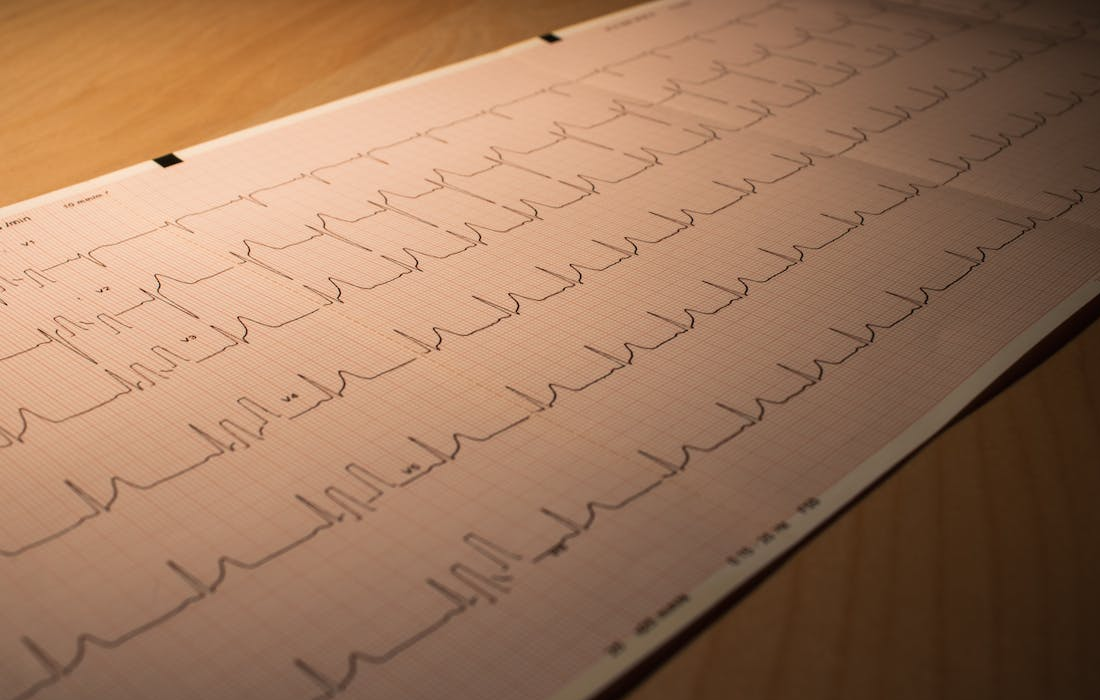Regenerative Medicine News and General Information
Atrial Fibrillation and Stroke Risk
Researchers at the University of East Anglia have developed a new way of identifying patients at risk of an irregular heartbeat, known as ‘atrial fibrillation’.
While not life threatening, the condition increases people’s risk of having a transient ischaemic attack (TIA) or stroke by up to five times.
A new study reveals four specific factors that can predict which patients will have atrial fibrillation.
These include older age, higher diastolic blood pressure and problems with both the coordination and function of the upper left chamber of the heart.
The team went on to create an easy tool for doctors to use in practice to identify those at high risk.
And they hope that this will help diagnose and treat more patients, reducing their risk of future strokes.
“Patients who have had a stroke usually undergo multiple investigations to determine the cause of the stroke, as this can influence the treatment they receive long-term.
“These investigations include prolonged monitoring of the heart rhythm with a small implantable device called a loop recorder, and an ultrasound of the heart, called an echocardiogram.”
The research team collected data from 323 patients across the East of England, treated at Cambridge University Hospitals NHS Foundation Trust, who had had a stroke with no cause identified- known as Embolic Stroke of Undetermined Source.
They analysed medical records as well as data from prolonged heart rhythm monitoring. They also studied their echocardiograms.
Prof Vassiliou said: “We determined how many of these patients were found to have atrial fibrillation up to three years following their stroke, and went on to perform a thorough assessment to identify if there are specific parameters that are connected with atrial fibrillation identification.
“We identified four parameters that were linked with the development of atrial fibrillation, which were consistently present in patients that had this arrhythmia. We then developed a model that can be used to predict who will show atrial fibrillation in the next three years, and is therefore at increased risk of another stroke in the future.”
“This is a very easy tool that any doctor can use in clinical practice,” he added.
“And it can potentially help doctors provide more targeted and effective treatment to these patients, ultimately aiming to highlight the people at higher risk of this arrhythmia that can benefit from prolonged heart rhythm monitoring and earlier anticoagulation to prevent a future stroke.”
Sources:
Panagiota Anna Chousou, Rahul Chattopadhyay, Liam Ring, Kayvan Khadjooi, Elizabeth A Warburton, Trisha Mukherjee, U Bhalraam, Vasiliki Tsampasian, John Potter, Aris Perperoglou, Peter John Pugh, Vassilios S Vassiliou. Atrial fibrillation in embolic stroke of undetermined source: role of advanced imaging of left atrial function. European Journal of Preventive Cardiology, 2023; DOI: 10.1093/eurjpc/zwad228
University of East Anglia. (2023, August 28). Atrial fibrillation and stroke risk. ScienceDaily. Retrieved August 28, 2023 from www.sciencedaily.com/releases/2023/08/230828105528.htm
Photo by Niklas Jeromin from Pexels: https://www.pexels.com/photo/healthy-writing-school-technology-16450237/

